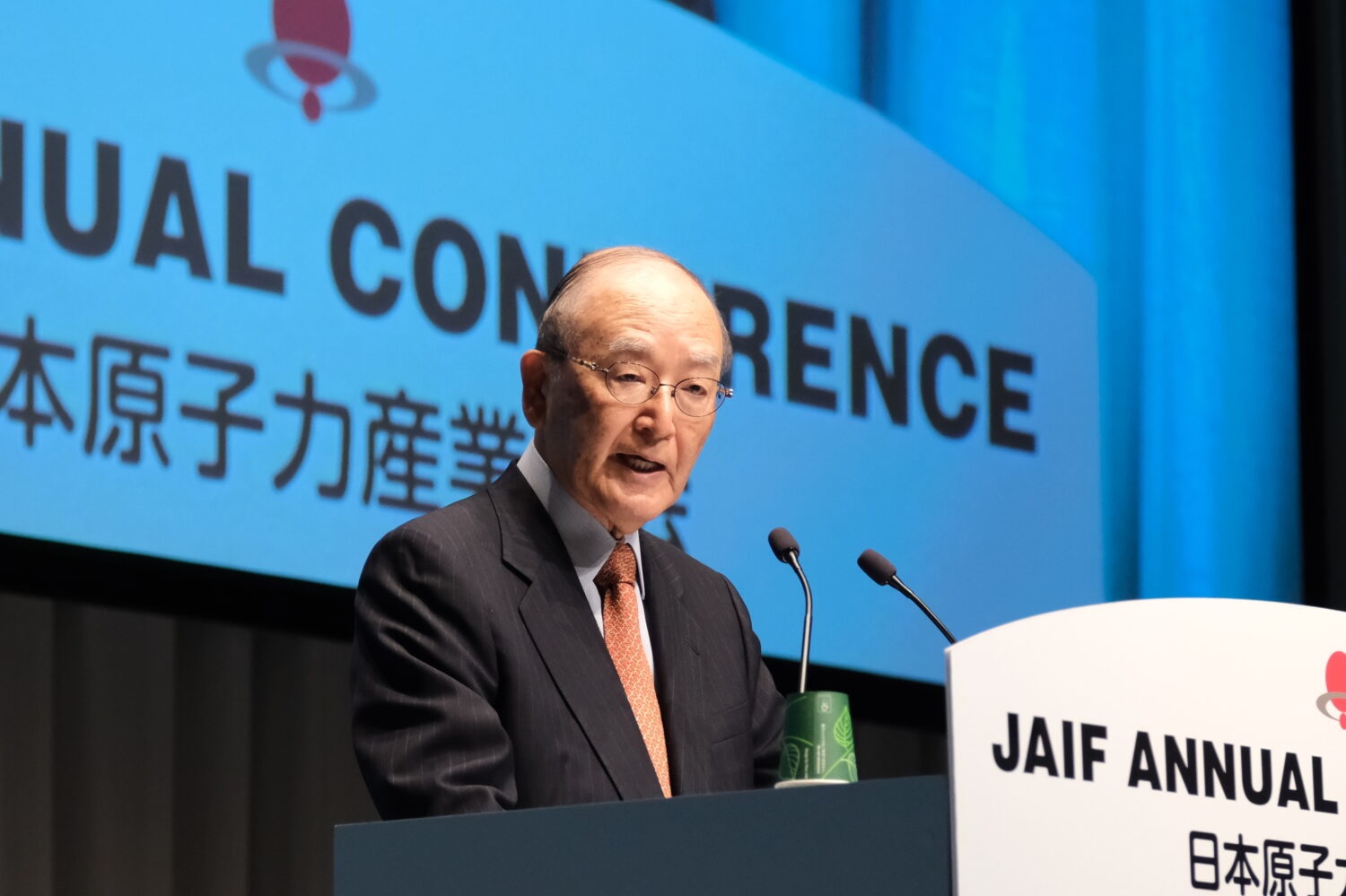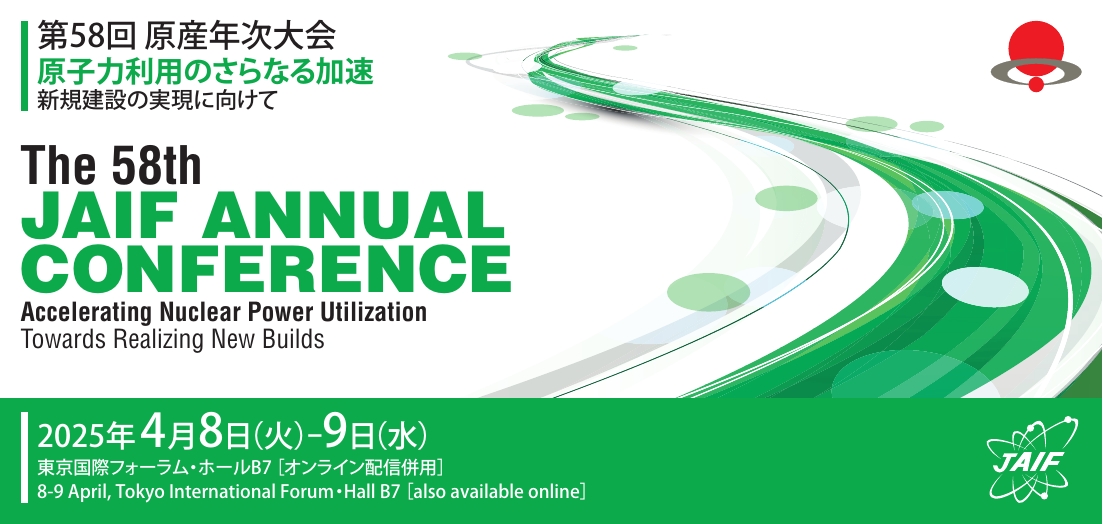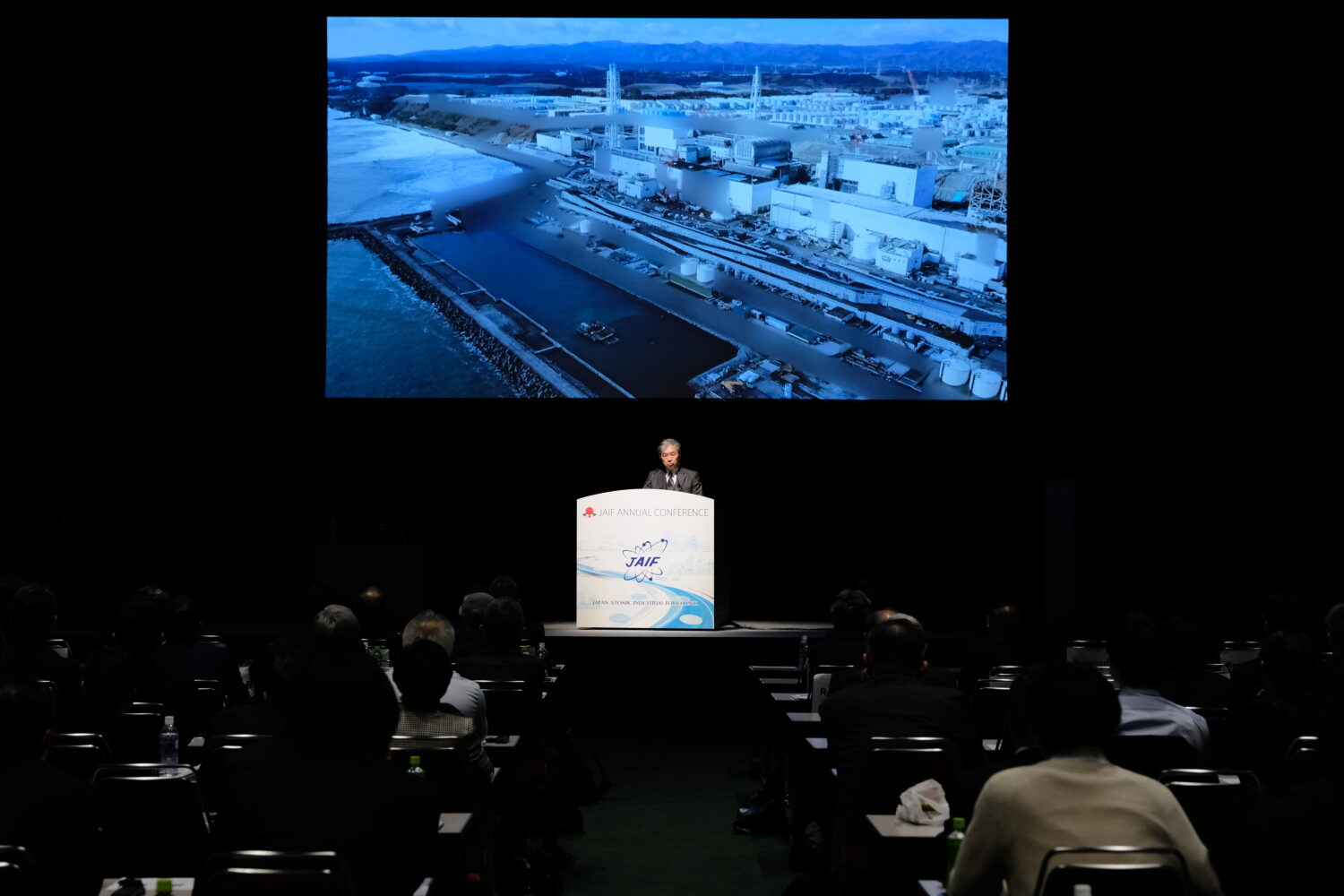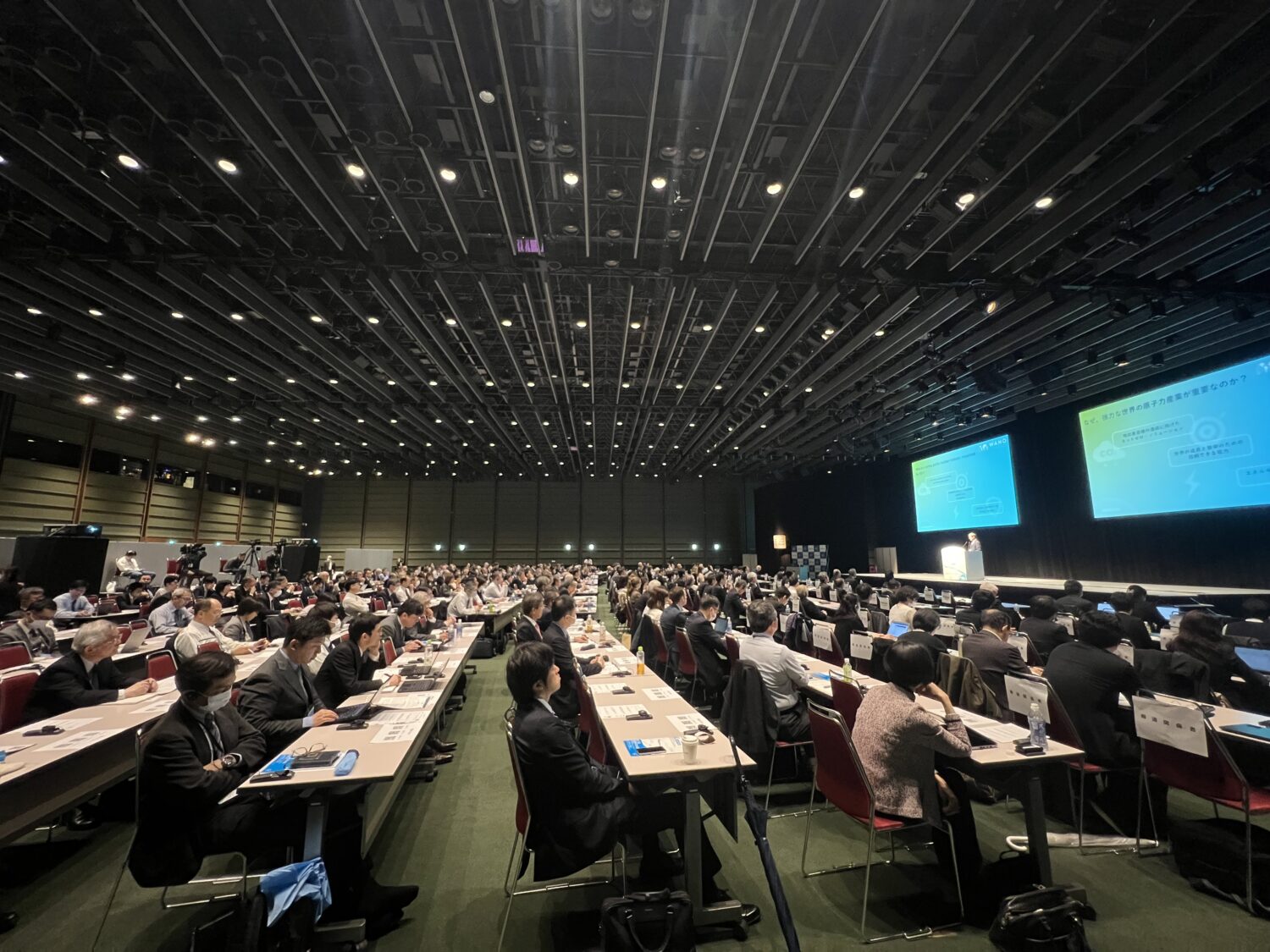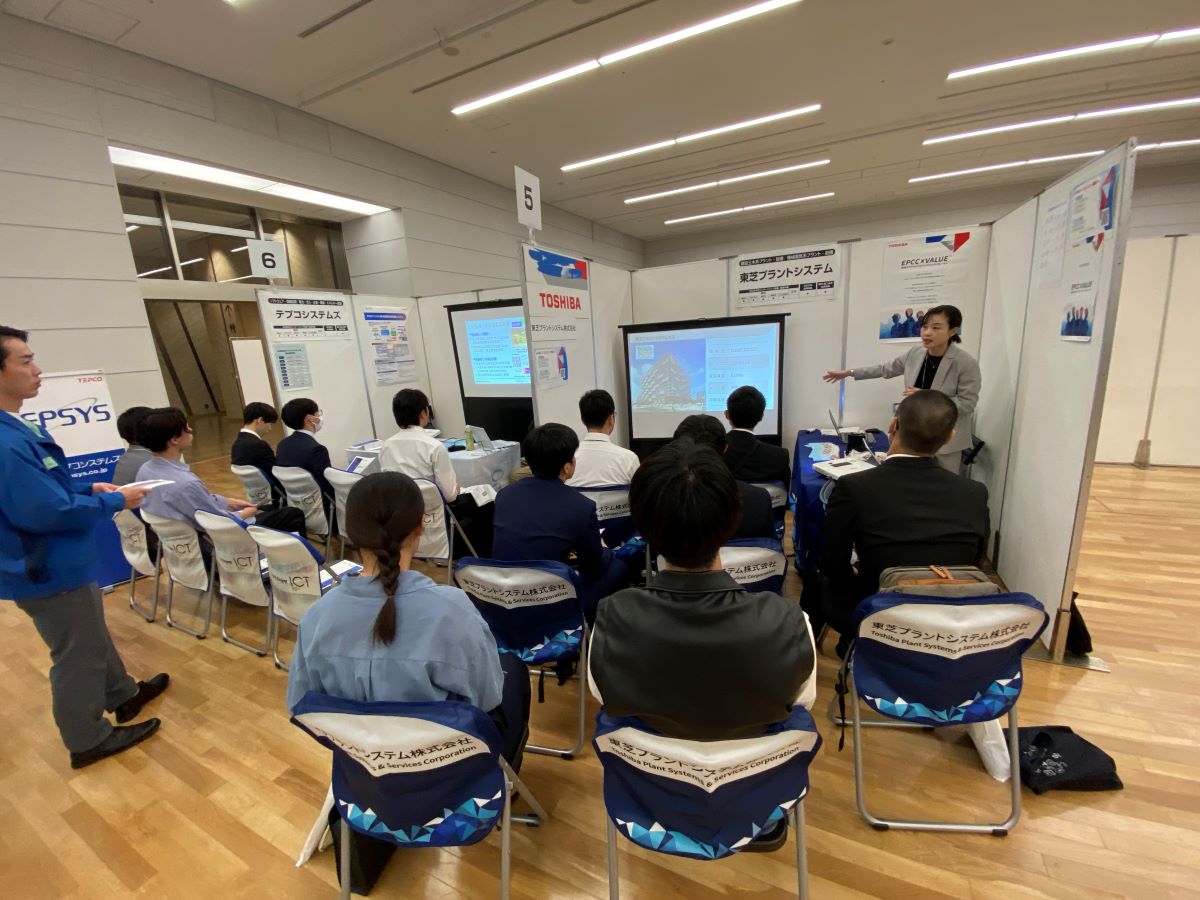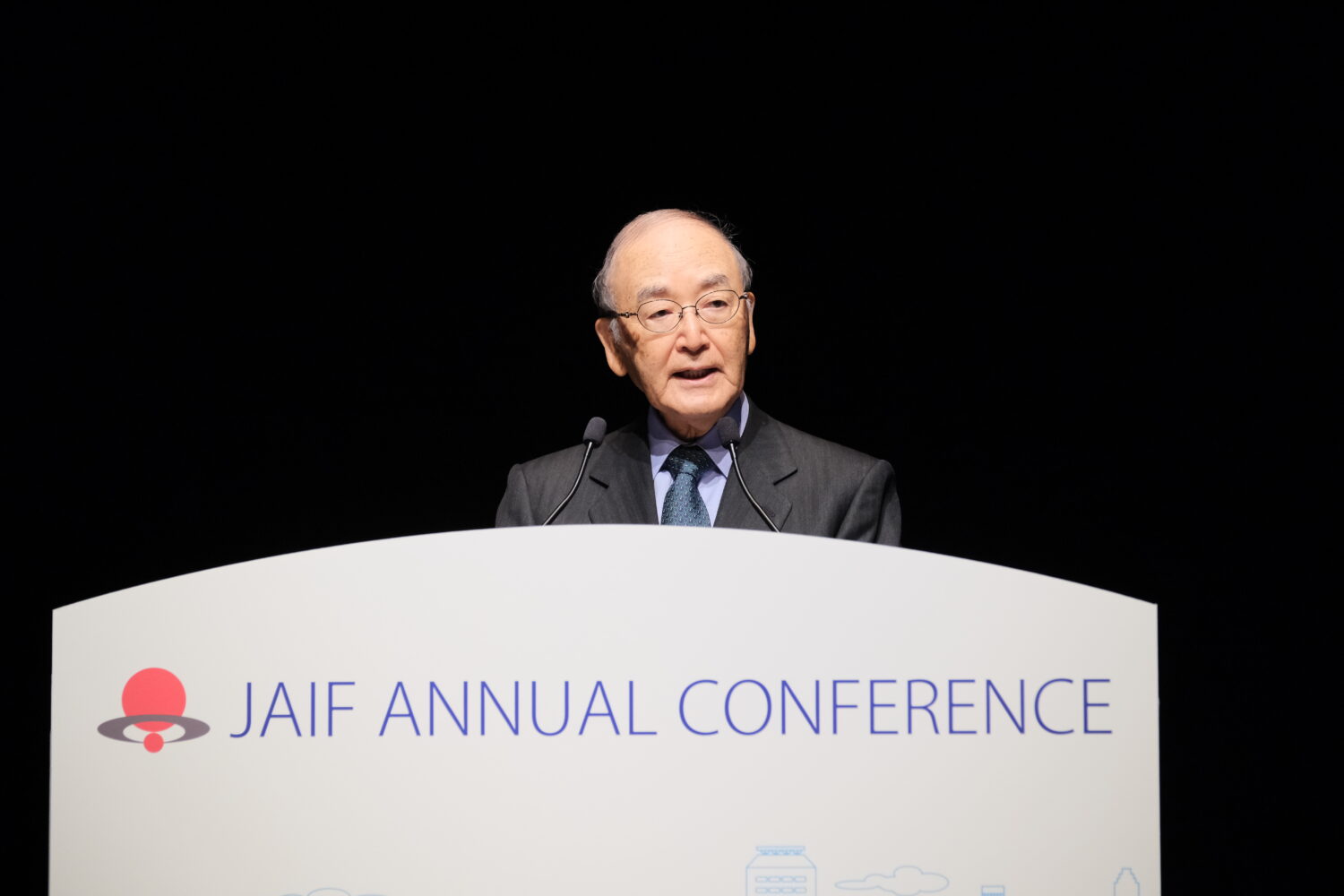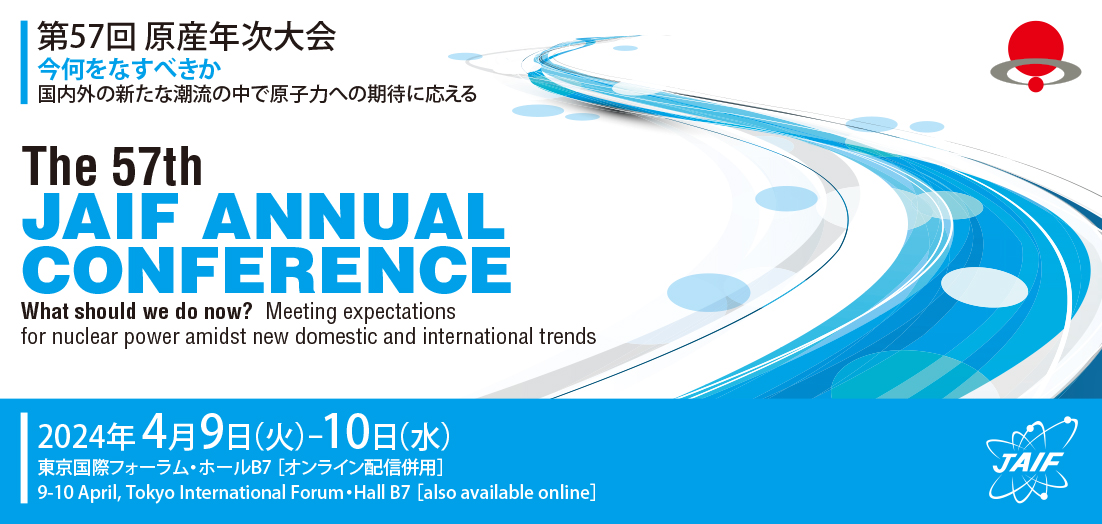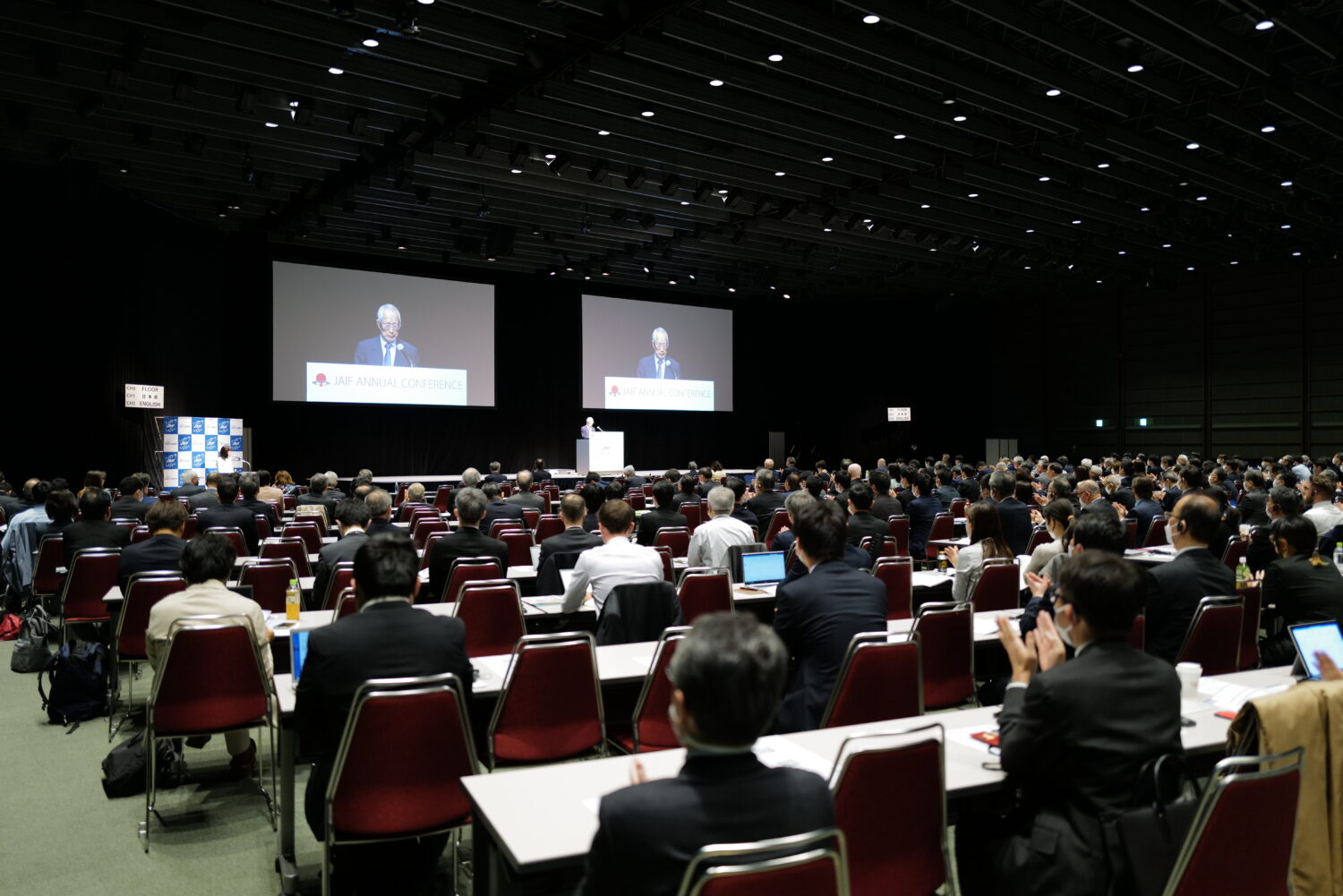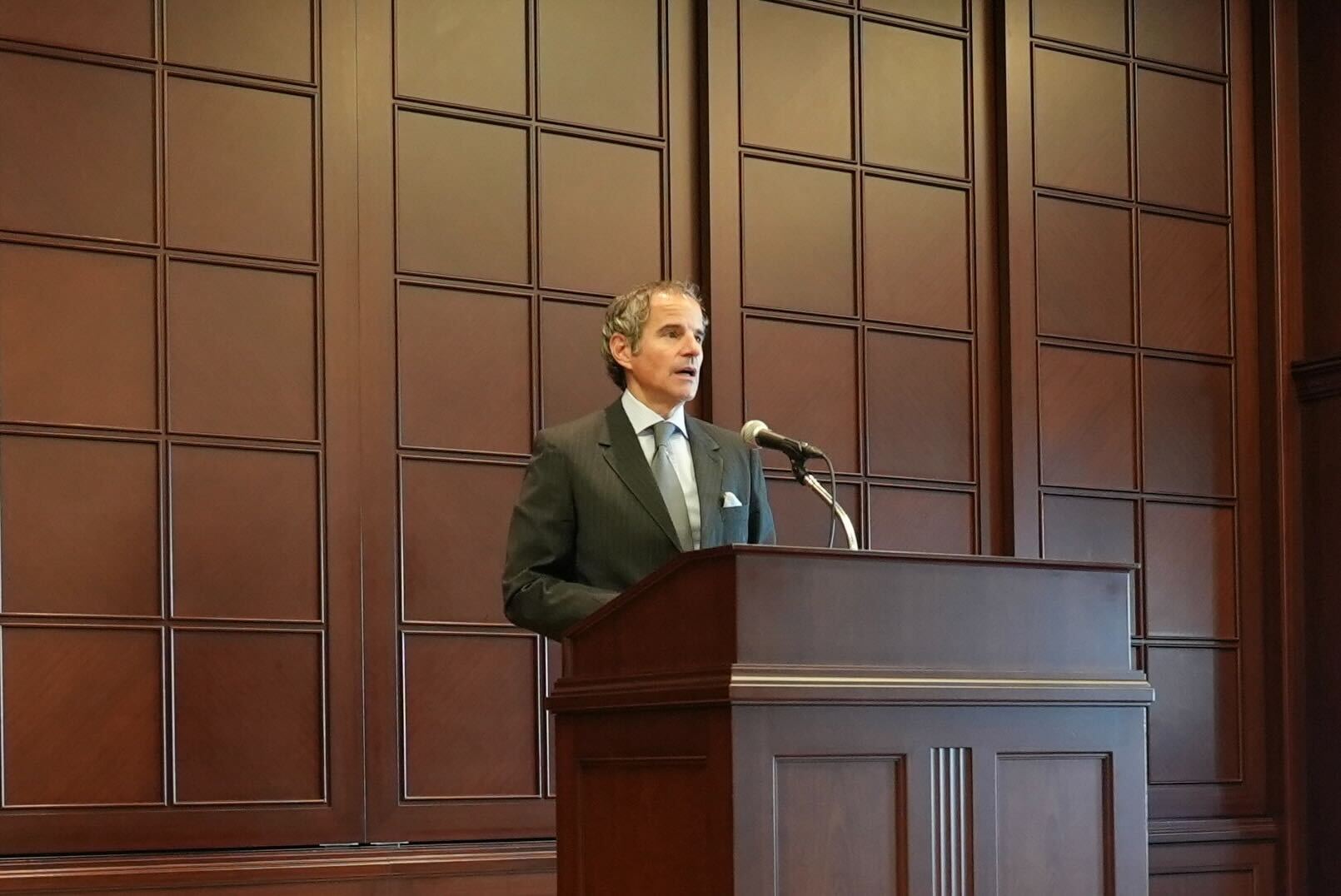HINO Tomoya (Deloitte Touche Tohmatsu LLC), the session moderator, opened by noting that Japan’s 7th Strategic Energy Plan clearly called for promoting new NPP construction. He stressed the importance of clearly allocating project risks between the public and private sectors and of enhancing predictability in the business environment. He also identified specific issues with Japan’s long-term decarbonization power source auction scheme, including unexpected costs during construction (e.g., design changes and parts procurement), uncertainties in decommissioning costs, rising capital costs, rules that refund about 90% of market revenues, and additional costs incurred by exceeding the 17-year construction deadline.
On the financing side, he explained that funding risks has risen after the declining credit ratings of electric power companies following the giant earthquake that struck eastern Japan on March 11, 2011, and that increased Green Transformation (GX) investment burdens had also raised funding risks. He proposed diversifying funding sources through public-private collaboration—such as debt guarantees and low-interest loans—and creating systems that allow revenue recovery during construction.
Next, George BOROVAS of Hunton Andrews Kurth LLP introduced nuclear financing models, focusing on examples in the United States. Citing the $32 billion construction cost of the Vogtle NPP, he emphasized the importance of project management capabilities. He argued that private companies needed to use power purchase agreements (PPAs), and that it was critical for the government to take the initiative in extending support. He also described the U.S. government’s bipartisan support for nuclear energy and growing investments in small modular reactors (SMRs) from major IT companies such as Google and Amazon, noting that private-sector involvement greatly contributes to a project’s success.
After that, Mark HASTIE-OLDLAND, the deputy director of Nuclear Infrastructure, Capability and International Department for Energy Security & Net Zero, UK, explained British nuclear policy. He said that the UK government aims to expand nuclear capacity to 24 GW kW by 2050, and that it was promoting SMR projects competitively through Great British Nuclear (GBN). He highlighted the benefits of the Regulated Asset Base (RAB) model, which allows investment recovery even during construction. He also emphasized the importance of securing the nuclear fuel cycle and reducing dependence on Russia and China.
Speaking next, ONO Toru of the Japan Business Federation (Keidanren) stressed the importance of nuclear power from the perspective of industry. He cited the significant influence of regional electricity price gaps in Japan—such as the ¥1 billion monthly difference between Hokkaido and Kyushu—on corporate investment decisions. He also referenced a Keidanren survey showing that 90% of the Japanese public supported the restart of NPPs, and that 70% supported new and additional reactor construction, suggesting that support may grow further under the 7th Strategic Energy Plan. Additionally, he proposed revising Japan’s unlimited liability system for nuclear damage compensation.
TAMURA Tae of Mizuho Bank then pointed out the challenges faced by electric power companies in Japan to raise funds through banks or corporate bond markets. She explained that financial institutions prioritized project stability, policy risks, relationships with local communities, and cash flow stability. She also stressed that consistently executing nuclear projects would help reduce the risk of cost overruns, and that establishing a supportive environment was essential for financial institutions to invest with confidence.
Lastly, KICHISE Shusaku of Japan’s Agency for Natural Resources and Energy shared data showing that electricity demand in Japan was expected to continue increasing, and that expanding decarbonized power sources (including nuclear) was essential. He reaffirmed the policy to raise the domestic share of nuclear power to about 20% by 2040, and emphasized the need to improve investment predictability based on successful international models.
In the latter half of the session, panelists discussed concrete solutions and policy responses to the challenges raised. Hino asked Hunton Andrews Kurth’s Borovas about the prospects for nuclear projects in deregulated markets in the United States. Borovas stressed the importance of long-term revenue predictability, with PPAs (see above) being a key solution. Meanwhile, Hasty-Oldland elaborated on the British RAB model, noting that decommissioning costs were planned and built into the financial structure, reducing investor concerns and enabling stable financing.
In response to a question about Japan’s system design, Ono said that clear nuclear policy was essential to maintaining and strengthening the nuclear supply chain, and that the national government must take the lead, especially in addressing back-end issues such as final disposal site selection. When asked about major concerns of financial institutions, Tamura reiterated that project stability, policy risks, and steady cash flow were key factors, and that sustained government support and public credit enhancement were vital.
Asked how risk sharing and predictability could be reflected in institutional design, Kichise said that public-private risk allocation had to be clear, and that moral hazard must be avoided, adding that incentive structures needed to be carefully crafted. He stated that the government was seriously considering those balances.
The session concluded with a Q&A session that made clear the need for institutional designs tailored to Japan’s specific circumstances while referencing successful overseas models. Also discussed was the importance of public communication to build understanding of nuclear power. One panelist noted, “We have good outreach for those actively seeking information, but need better strategies for those who are not.” The need for collaboration among industry, government, and financial institutions was emphasized.
In closing, moderator Hino reaffirmed that nuclear energy was essential to achieving a stable supply, energy security, and a decarbonized society. He warned that delays in institutional design would lead to significant losses for industry and called for swift action. He stressed the importance of long-term, continuous efforts—rather than one-off projects—and the careful adaptation of the American and British models to Japan’s reality. Finally, he concluded that building public understanding required thoughtful communication, and that all stakeholders had to work together to appropriately share risks and move forward.


